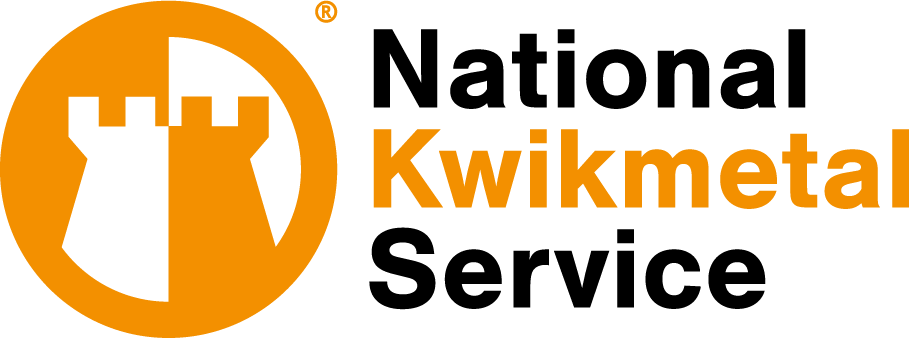
There are many different variations of stainless steel on the market, with hundreds of different grades that each have their own unique composition. This can lead to some confusion, especially for those who are unfamiliar with these materials. To make matters worse, there can be a significant difference between two grades that have almost identical names: 304 and 304L. In this article, we’re going to take a look at these two grades of stainless steel, while making a case for each variation.
First, we can deduce something from the name of these two alloys — they are quite similar with one key difference. The 304 grade contains a maximum ratio of 0.08% carbon, while the 304L contains a maximum ratio of 0.03% carbon. You could interpret the “L” at the end of 304L to mean “low carbon”.
This lower concentration of carbon leads the 304L grade to have a noticeable (although slight) reduction in certain important mechanical characteristics. To start, the ultimate tensile strength (UTS) of the 304L grade is about 586 MPa, or 85 ksi, while the 304 grade has a UTS of 620 MPa or 90 ksi. When it comes to yield strength, the difference is slightly larger, with the 304L grade sitting at a 0.2% yield strength of 241 MPa or 35 ksi, while the 304 grade has a 0.2% yield strength at 289 MPa or 42 ksi. This means that, if you have two products that are completely identical, but one is made from 304 grade steel and the other from 304L, the latter would be structurally weaker.
Given the fact that 304L is not as tough as 304, what are its applications? Well, the lower carbon content within the alloy makes it less susceptible or completely immune to carbide precipitation during welding. Less carbide precipitation means less corrosion under high temperatures. If you were to use the 304 garde in the same manner, you would see that it degrades much more rapidly around the welded joints. This also means that, with the 304L grade, you no longer need to anneal weld joints, which saves both effort and time.
Practically speaking, however, both grades can be used interchangeably for many applications. The differences are small enough that neither grade provides a massive benefit over the other in most applications. However, when the product has to withstand highly corrosive environments, the 304L grade will perform better.
The 316 grade comes to mind here as an alternative. It is a popular alloy that has a melting range between 2500ºF and 2550ºF, and it is known for its durability, resistance to corrosion, and high concentration of nickel and chromium. On top of that, it also has molybdenum added to its composition, which makes it more resistant to chloride pitting, alkalis, and acids. However, it is a more expensive material.
While the differences between the two grades may seem miniscule at first, we hope that we’ve shown in this article that they can each serve a different purpose. We offer metal slitting services for both the 304 and 304L grades, along with other stainless steel alloys. Each grade has its own unique application, and the alloys have been designed to meet a wide range of end products.
Our team is happy to answer any other questions you may have regarding our 304 and 304L stainless steel slitting services, prices, and materials available. Do not hesitate to contact us today — our customer support team is ready to help!
Toll Free: 800-722-5029
Phone: 847-257-6570
Phone: 442-980-0611
Phone: 615-793-4700
Toll Free: 800-722-5029
Phone: 442-980-0611